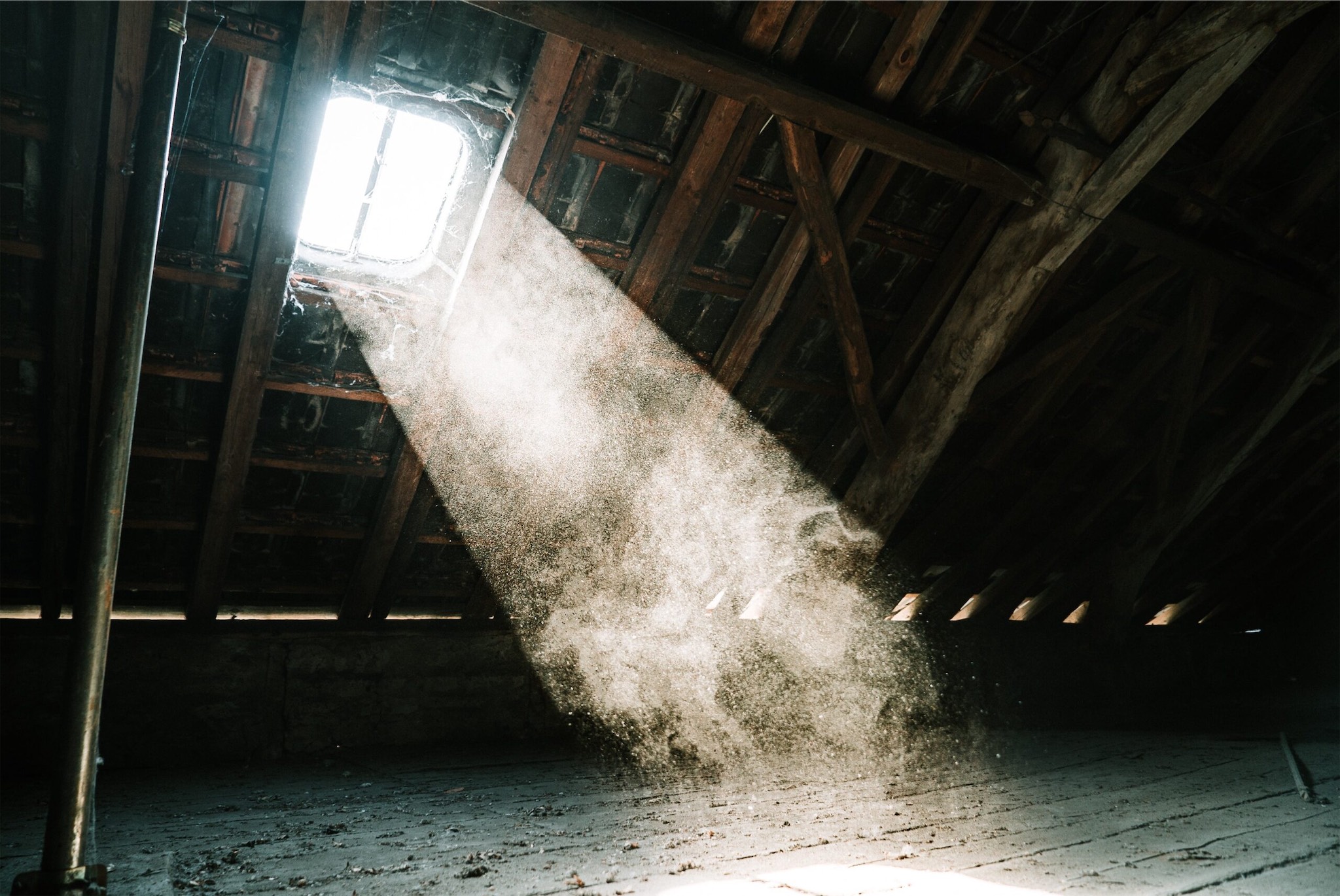Learn The Secret To Shutting Out Attic Pests

There’s an old adage that states “it takes time to chase snowflakes.” That may very well be the case, but while anticipating winter weather and the pests that attempt to make their homes in your home, time is of the essence.
Preparing for a winter pest invasion requires a keen eye, household tools, and the determination to do it yourself.
Preventing attic pests, such as mice and squirrels, is as easy as installing insect screening and hardware cloth over existing louver vents and similar entry points. Here’s how to do it:
Survey the scene
First, engage the art of pest detection by assessing possible entry points to and from your attic. Most homes in Maryland, DC, and Northern Virginia are equipped with an attic vent.
Next, where it is safe to do so, inspect the vent from the interior and look for damage to the screen. Keep in mind that in some cases, there may be no screen. (Remember that an opening the size of a dime will allow insect pests, particularly stink bugs, to enter).
Gather your tools
Now that you’ve isolated suspect pest entry points, it’s time to seal them out. Start with a trip to your local hardware store for a few inexpensive, but necessary, supplies:
⭐ ½ hardware cloth
⭐ Screen material
In most cases, both products are sold by the roll or sheet and you will have excess remaining for your next do-it-yourself pest-proofing project.
American Pest, a longtime Maryland pest control company, also recommends the following tools and personal safety equipment.
⭐ Heavy duty wire cutters
⭐ Heavyweight gloves
⭐ Utility scissors
⭐ Staple gun and staples
⭐ Flat-heat screwdriver and/or pliers for removing old staples
⭐ Eye protection
⭐ Bump cap/hard hat
Watch the video
Now that you have all of your tools assembled, it’s time to view our “how-to” video for attic pest prevention. The video describes in detail how American Pest sealed off an attic louver.
From start to finish, you should plan for this project to take at least 2 hours, especially if access into your attic is difficult. Also, anticipate needing at least one other person to assist with the cutting and handling of materials.
Further Reading
Keeping squirrels, birds, and bats out of your attic may seem like a difficult task, especially to any homeowner who has undergone the process of pest and wildlife trapping and removal.
Birds such as sparrows and starlings leave behind nesting debris and feathers.
Moreover, their unsightly bird droppings are visible from points where they enter and exit through attic vents. The house sparrow, known to live in close proximity to humans and livestock, continues to pose the potential threat of vectoring diseases.
As a child, the scolding received from your mother about handling baby birds was delivered with the best intentions.
Birds, bats, and other wildlife harbor ectoparasites such as mites, lice, and fleas—many of which will remain in vacant nests. In some of the most extreme cases, bird nests have also become responsible for the interruption of electrical power to thousands of homeowners.
Whether you’re battling an army of angry birds or a colony of bats, the key to getting rid of these tough pests is preventing their entry into your home or business.
In the event that you are unable to do it yourself, please contact American Pest. Our professional Maryland exterminators are always ready to help!
Request Your Pest Control Estimate
Related Posts
Contact Us Today!
Do you need an estimate for service or have questions about pests? We’d love to hear from you!
Fill out the form and receive feedback today. For immediate service, please give us a call!
